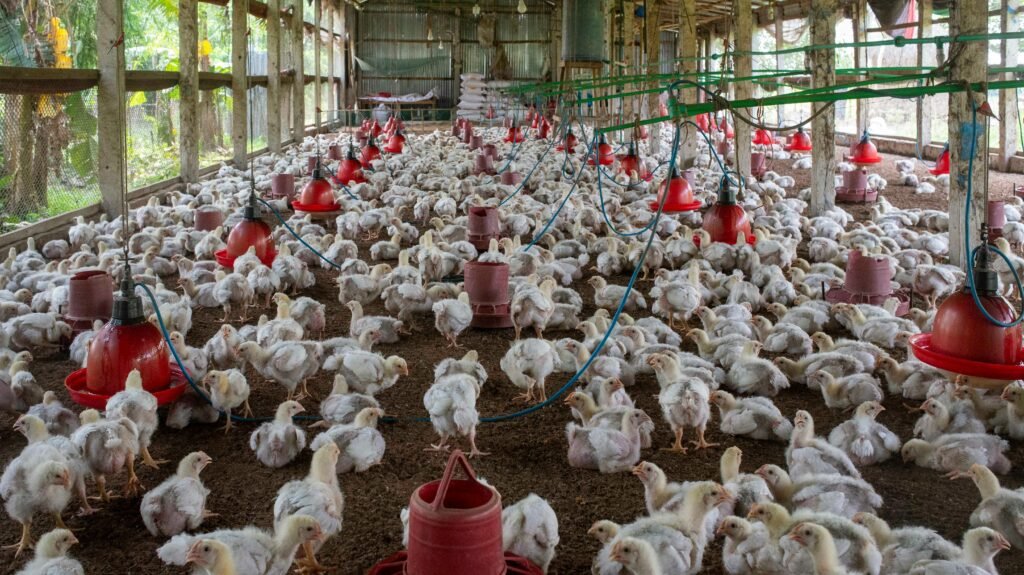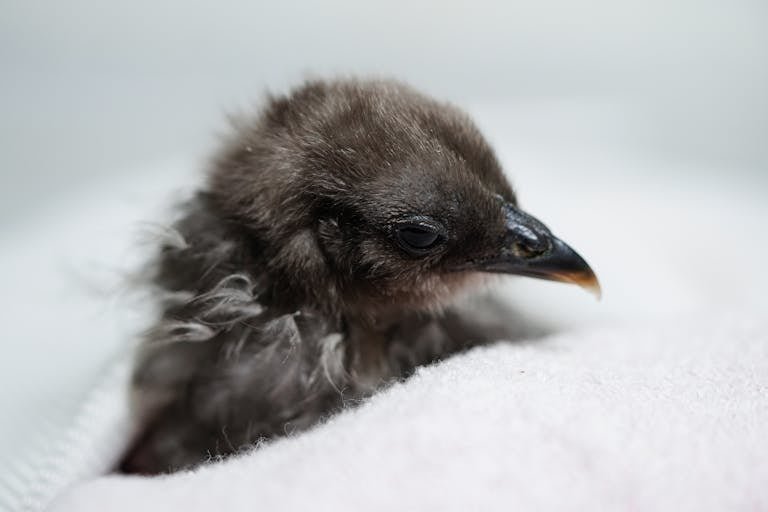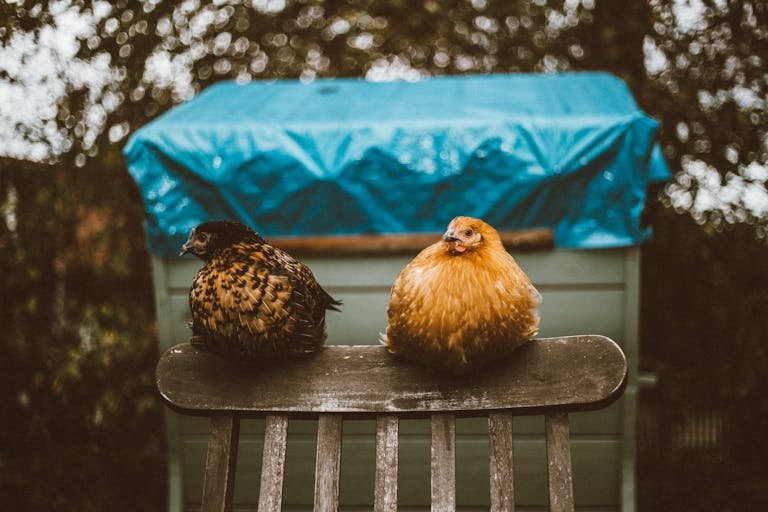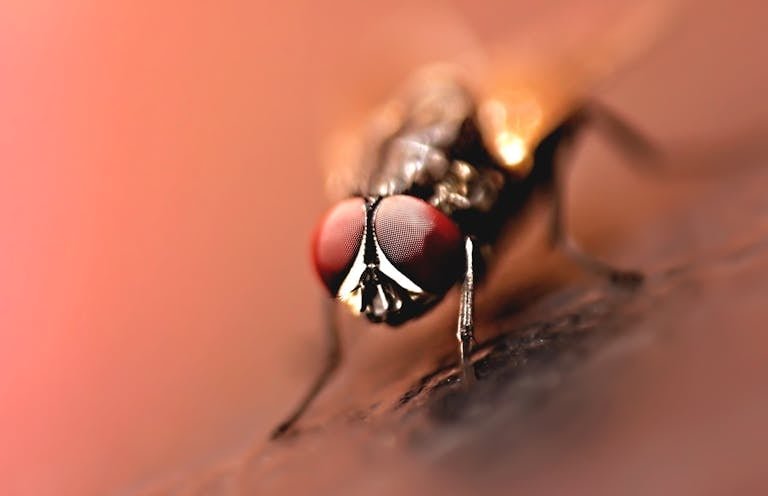Is Fowl Pox Contagious? Discover the Truth & Protect Your Flock

Fowl pox is a contagious viral disease that can pose significant risks to poultry. Understanding its transmission, symptoms, prevention, and control methods is crucial for any poultry owner or enthusiast. If you are worried about your chickens’ health this guide will help you. In this blog, I will provide a comprehensive overview of fowl pox, Is Fowl Pox Contagious? ensuring you have all the information you need to protect your birds and maintain a healthy flock.
Fowl Pox: A Contagious Viral Disease
Overview of Fowl Pox
Fowl pox is a viral infection caused by the fowl pox virus, a member of the Avipoxvirus genus. This disease primarily affects birds, particularly poultry species such as:
- Chickens
- Turkeys
- Ducks
- Geese
- Pigeons
While fowl pox is not directly contagious to humans, it is essential to understand how the disease spreads among birds, as it can have significant economic implications for poultry farmers and hobbyists alike.
How Fowl Pox Spreads
Fowl pox can spread through various methods, which makes it essential to take precautions if you are raising birds. Here are the primary ways the virus can be transmitted:
Direct Contact
- Infected Skin Lesions: Birds can transmit the fowl pox virus through direct contact with infected skin lesions. The virus resides in the scabs or lesions on the infected bird’s skin, which can be transferred to healthy birds that come into contact with them.
- Respiratory Secretions: The virus can also be present in the respiratory secretions of infected birds. Healthy birds that come into contact with these secretions can become infected.
Vectors
- Mosquitoes: Mosquitoes and other biting insects can act as vectors for fowl pox. They can feed on infected birds and then bite healthy birds, thus transmitting the virus.
- Other Insects: Various insects can potentially carry the virus from one bird to another, emphasizing the importance of pest control in poultry management.
Contaminated Materials
- Surfaces and Equipment: The fowl pox virus can survive for extended periods on surfaces such as cages, feeders, and waterers. This survival allows for indirect transmission if healthy birds come into contact with these contaminated materials.
- Fomites: Fomites are objects or materials that can carry infectious agents. In poultry farming, equipment, clothing, and even shoes can become fomites, spreading the virus if not properly cleaned and disinfected.
Risk Factors for Fowl Pox Transmission
Understanding the factors that can increase the risk of fowl pox transmission is crucial for poultry management:
- High Bird Density: Flocks with high bird density can facilitate easier transmission of the virus, as close contact among birds increases the likelihood of spreading the disease.
- Poor Biosecurity Measures: Inadequate biosecurity practices, such as not isolating new birds or failing to clean equipment, can lead to outbreaks.
- Seasonal Variations: Fowl pox is more common during warm months when mosquito populations are higher, highlighting the importance of vector control during these times.

Symptoms of Fowl Pox
Recognizing the symptoms of fowl pox is essential for early diagnosis and treatment. The disease can manifest in several ways:
Skin Lesions
- Wart-Like Lesions: The most common symptom of fowl pox is the appearance of wart-like or scab-like lesions on unfeathered areas of the bird’s body, such as:
- Comb
- Wattles
- Legs
- Severity of Lesions: These lesions can range from small, raised bumps to large, crusty scabs. The severity can vary based on the bird’s immune response and the strain of the virus.
Respiratory Problems
- Difficulty Breathing: In severe cases, the virus can infect the respiratory tract, leading to symptoms such as difficulty breathing.
- Sneezing and Nasal Discharge: Infected birds may exhibit sneezing, coughing, and nasal discharge, which can further complicate the health of the flock.
Reduced Egg Production
- Impact on Laying Hens: Hens infected with fowl pox may experience a decline in egg production. This reduction can significantly affect poultry farmers’ productivity and profitability.
- Weight Loss and Poor Condition: Infected birds may also lose weight and appear in poor condition due to the energy expended on fighting the virus.
Prevention and Control
Preventing and controlling fowl pox is essential for maintaining a healthy poultry flock. Here are some effective strategies:

Vaccination
- Importance of Vaccination: Vaccination is one of the most effective ways to prevent fowl pox in poultry flocks. Vaccines are available for various poultry species and can provide long-lasting immunity.
- Vaccination Schedule: Consult with a veterinarian to establish a vaccination schedule tailored to your flock’s specific needs and conditions.
Biosecurity Measures
- Isolating New Birds: Before introducing new birds to your flock, isolate them for at least two weeks to monitor for any signs of illness. This practice helps prevent potential outbreaks.
- Cleaning and Disinfecting Equipment: Regularly clean and disinfect equipment, cages, and other materials that come into contact with your birds. Use appropriate disinfectants to eliminate any potential viral particles.
- Preventing Contact with Wild Birds: Limit contact between your poultry and wild birds, as they can serve as carriers for the fowl pox virus.
Vector Control
- Controlling Mosquito Populations: Implement measures to control mosquitoes and other biting insects in and around your poultry housing. This can include using insecticides, removing standing water, and maintaining proper drainage.
- Physical Barriers: Use screens or netting to create physical barriers that can help keep insects away from your flock.
Monitoring and Early Detection
- Regular Health Checks: Conduct regular health checks on your birds to monitor for signs of fowl pox and other illnesses. Early detection can prevent the spread of disease within your flock.
- Record Keeping: Maintain detailed records of your flock’s health, vaccination history, and any observed symptoms. This information can be invaluable for identifying potential outbreaks and addressing them promptly.
Managing an Outbreak
If you suspect an outbreak of fowl pox in your flock, it’s essential to act quickly:
Quarantine Infected Birds
- Isolation: Immediately isolate any birds exhibiting symptoms of fowl pox to prevent further transmission.
- Consult a Veterinarian: Reach out to a veterinarian for guidance on managing the outbreak and potential treatment options.
Treatment Options
- Supportive Care: While there is no specific cure for fowl pox, supportive care can help infected birds recover. This includes providing adequate nutrition, hydration, and a stress-free environment.
- Managing Secondary Infections: Monitor for secondary infections that can arise due to skin lesions or respiratory issues, and treat them as necessary under veterinary guidance.
Final Words
In conclusion, fowl pox is a contagious viral disease that poses significant risks to poultry. Understanding how the virus spreads, recognizing its symptoms, and implementing effective prevention and control measures are essential for any poultry owner. By practicing good biosecurity, vaccinating your flock, and monitoring for signs of illness, you can significantly reduce the risk of fowl pox affecting your birds.





